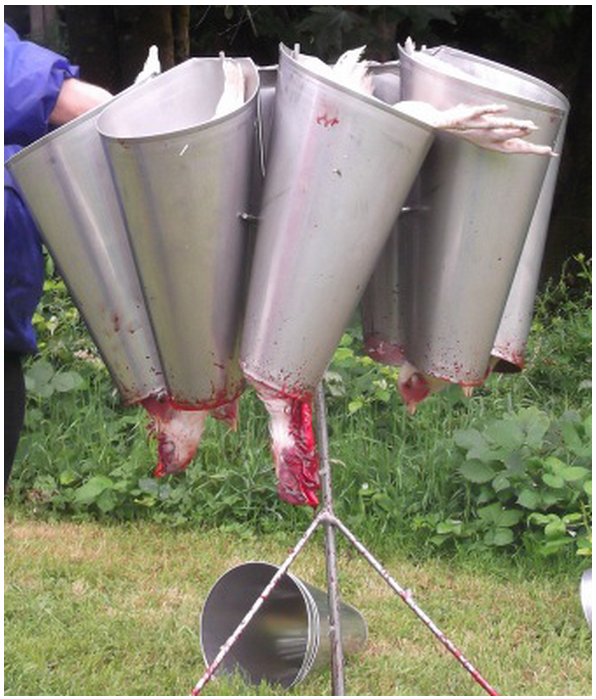Fish Feed Production Equipment for Efficient Milling and Processing Solutions
តុលា . 11, 2024 19:40 Back to list
Fish Feed Production Equipment for Efficient Milling and Processing Solutions
The Importance of Fish Feed Milling Machines in Aquaculture
In recent years, the aquaculture industry has witnessed significant growth due to the increasing global demand for fish and seafood. As a result, the focus on efficient and nutritious fish feed production has become paramount. One of the key components in this process is the fish feed milling machine, an essential tool that not only improves production efficiency but also enhances the nutritional quality of fish feed.
Understanding Fish Feed Milling Machines
Fish feed milling machines are specialized equipment designed to process raw materials into fish feed pellets. The equipment typically consists of several components, including grinders, mixers, conditioners, and pelletizers. Each part plays a vital role in producing high-quality feed that meets the dietary needs of various fish species.
The milling process begins with grinding raw ingredients, which may include fish meal, soybean meal, wheat bran, and various vitamins and minerals. These ingredients are then blended in a precise ratio to ensure a balanced nutrient profile. After mixing, the feed is conditioned with steam and moisture, enhancing the binding properties of the ingredients. Finally, the conditioned mix is fed into the pelletizer, where it is extruded under pressure to form uniform pellets of the desired diameter.
Benefits of Using Fish Feed Milling Machines
1. Increased Efficiency The use of advanced fish feed milling machines significantly reduces the time and labor involved in feed production. Automation and high processing speeds allow manufacturers to produce large quantities of pellets quickly, meeting the high demand from fish farms.
2. Nutritional Quality One of the primary objectives of fish feed milling is to create nutritionally balanced feed. By utilizing sophisticated milling technologies, producers can ensure that essential nutrients are preserved throughout the milling process. This results in feed that promotes optimal growth and health in aquatic species.
fish feed milling machine

3. Customization Different fish species have distinct dietary requirements. Fish feed milling machines enable manufacturers to customize feed formulations based on specific protein, fat, and carbohydrate ratios. This level of customization ensures that fish receive the appropriate nutrition at various life stages, from fry to adults.
4. Sustainability As the demand for fish continues to rise, the aquaculture industry faces increasing pressure to adopt sustainable practices. Fish feed milling machines can utilize alternative protein sources, such as insect meal or algae, which are more environmentally friendly compared to traditional fish meal. This not only helps in reducing overfishing but also in enhancing the overall sustainability of aquaculture operations.
5. Cost-Effectiveness While the initial investment in a fish feed milling machine may seem substantial, the long-term benefits far outweigh the costs. The increased production efficiency, reduced labor, and improved feed quality translate into lower operational costs and higher profitability for fish farmers.
Future Trends in Fish Feed Milling Technology
The evolution of technology continues to shape the aquaculture industry. Future trends in fish feed milling will likely focus on further automation, data integration, and smart manufacturing processes. Innovations such as artificial intelligence and machine learning can optimize feed formulations and monitor production processes in real time, enhancing efficiency and ensuring quality control.
Moreover, there is growing interest in nutrigenomics, the study of how nutrition impacts gene expression in fish. As research in this field advances, fish feed milling machines may be adapted to produce feed tailored to the genetic makeup of specific fish stocks, further improving growth rates and health outcomes.
Conclusion
The fish feed milling machine is a cornerstone of modern aquaculture, playing a critical role in the efficient production of high-quality fish feed. As the industry continues to evolve, the focus on sustainable and nutritious feed production will remain at the forefront. By investing in advanced milling technologies, fish farmers can not only boost their productivity but also contribute to a more sustainable and responsible aquaculture sector. The future of fish farming depends on such innovations, ensuring that we can meet the global demand for seafood while protecting our aquatic ecosystems.
-
High Performance Exhaust Fan – Efficient Ventilation Solutions for Home
NewsJun.10,2025
-
High-Quality Gestation Pen for Sows Durable Mobile Pig Pen & Simple Pig Pen Solutions
NewsJun.10,2025
-
High Quality Rabbit Cage Double Tier Designs & Welded Wire Mesh Supplier
NewsJun.10,2025
-
Floating Fish Feed Machine - High Efficiency Floating Fish Feed Extruder for Small Scale Production
NewsJun.10,2025
-
Premium Poultry Housing Solutions Mobile & Commercial Free Range Options
NewsJun.10,2025
-
Industrial FRP Fans Corrosion-Resistant Blades & Centrifugal Systems
NewsJun.09,2025






